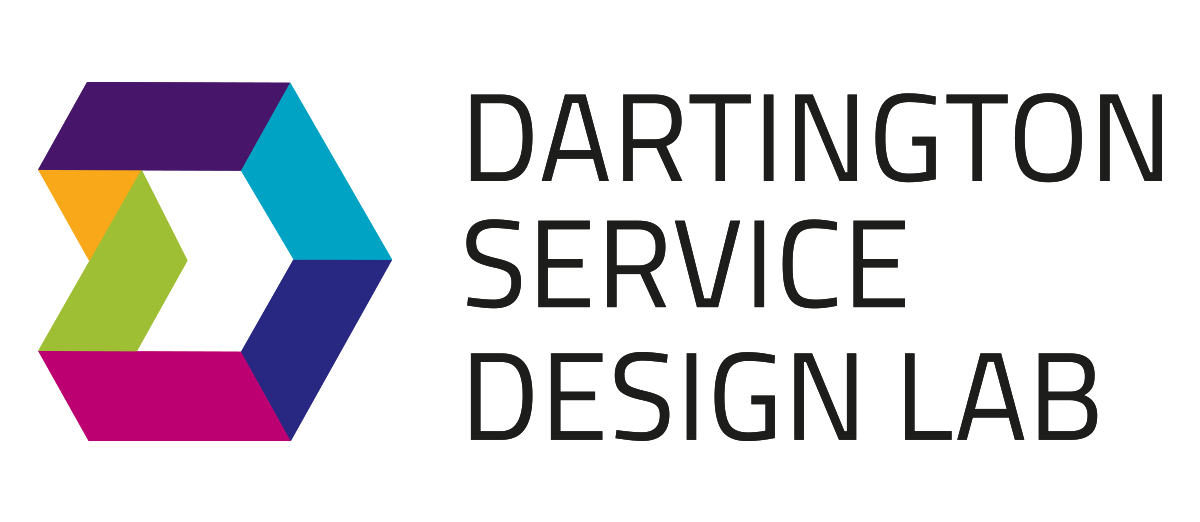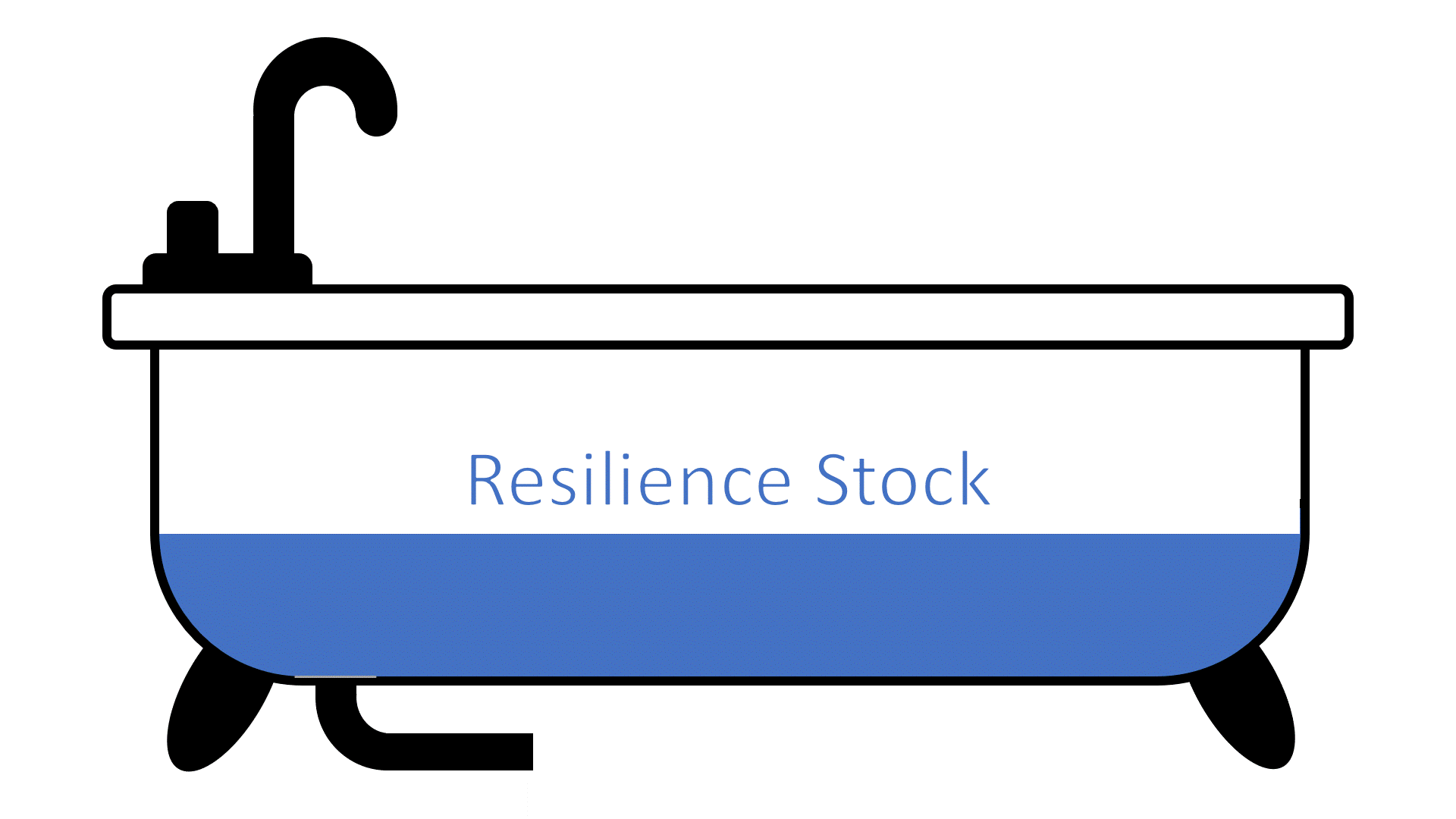Discovering the shared importance of family resilience
Service Improvement Specialist | @keira_lowther
Researcher | @SBuckaneer
The concept of building and supporting family resilience is gaining recognition in the social care sector [1, 2]. ‘Family resilience’ is defined as a family’s ability to face a crisis, manage it and even bounce back stronger than before [3]. At Dartington, we have been working with Salford Council to develop a systemic Theory of Change for their Better Outcomes New Delivery (BOND) programme. In the course of the work with managers and practitioners from across the BOND programme, we discovered that family resilience was felt to be central to all the programmes – but also under-explored. What did it look like, and how could it be supported? We worked with teams to create a testable model of the dynamic causes of family resilience to underpin and inform subsequent work within the systemic theory of change for all BOND programmes. Here’s what we learnt...
BOND is a collaboration of four programmes designed to support families at risk of breakdown due to various stressors (violence, trauma, complex care needs). To create an overarching Theory of Change, we needed to discover what was shared across the four programmes and what could serve as a shared ultimate outcome.
Through facilitated discussions using a systems-thinking lens, we found that all programmes were invested in building family resilience to prevent family breakdown. By exploring the dynamic causes of ‘resilience’, it became clear that many of those families who presented in a moment of crisis had long-standing stressors - such as low levels of social support or experience of severe trauma - resulting in lower levels of resilience available to face the adversities they had encountered.
Introducing systems dynamics to family resilience
Using the systems thinking principle of ‘stocks and flows’ we were able to shed light on how resilience changes dynamically over time for different families in different contexts facing different crises. Resilience ‘stocks’ can be conceptualised like water in a bathtub. When we face adversity in life, some of the water drains out of the bathtub, or rather, family resilience decreases. When we draw on resources to rebuild resilience and prepare for future adversities, we turn on the tap to refill the bathtub, and resilience increases.
Fig 1: Resilience ‘stocks’ can be conceptualised like water in a bathtub.
When social workers begin to work with a family, they get to know them and how they deal with the stresses and adversities in their life. We understand that low levels of resilience suggest several things about a family’s history, such as the past adversities they’ve faced and chronic stressors in their lives for which they’ve had to draw on their stock of resilience, and the lack of resources they have available to them to rebuild this.
Thinking about resilience as a stock creates a new way for practitioners to conceptualise their work with the family to resolve the crisis, and in effect, stem the outflow, and build the inflow. The BOND practitioners were confident that they were doing the first step – stemming the outflow caused by the crisis – but saw something new across the four programmes where they could work to improve building the inflow. They identified internal processes and activities that were being carried out in individual programmes but could be systematised across all four programmes.
Creating new pathways for families to resolve crises
One of the identified strategies was working with families to identify and build their social networks. We know that social support networks, our friends, peers, mentors and families are important for building resilience [4, 5]. For families, this can be as simple as a reliable babysitter, or a grandparent who can make the school run in an emergency. Having these networks in place can be the difference between something unplanned being a bump in the road or a full-blown crisis. The stronger our support network, the easier it is for us to bounce back.
The good thing about having a support network is that ‘help’ can be mutual: when we need help, our support network can build us up and when our support networks need us, we can build them up. But this cycle might not start if one person has limited resilience. If they can’t “bounce back” from a crisis, the other can become drained and ineffective. They also can’t reciprocate with support when the other needs it, and this reduces their resilience. This becomes a vicious cycle (or ‘reinforcing loop’ in systems language) and was reported in families by BOND practitioners and managers. This is one cycle they are looking to break.
Another two strategies that we identified through the literature and our work with practitioners included moving to a more asset-based way of working and seeking to reduce instances of re-traumatisation through trauma-informed care. By working in a combined way, with each strategy enhancing each other, we believe this will grow family resilience, and therefore reduce the likelihood of a family breakdown.
The strength in creating a systemic Theory of Change
By bringing together practitioner experience, evidence and systems thinking techniques, the BOND programmes were able to identify a key area to focus on, grounded in a realistic understanding of problems and solutions that have a strong likelihood to effect sustainable change and improvement. Through identifying a shared outcome to work towards across all programmes, and finding activities that could be integrated into each programme in support of this, it is more likely that change will be realised and sustained. There are also aspirations in Salford that this systemic level of change could influence best practice elsewhere in children’s services, with a greater focus on family resilience and stronger and more supportive families and communities as a result.
Center for the Study of Social Policy (2018) Parental Resilience: Protective and Promotive Factors. Washington, DC. [online]
cssp.org/wp-content/uploads/2018/08/ProtectiveFactorsActionSheets.pdfLiverpool CAMHS (2019) ‘Resilience framework.’ [webpage]
www.liverpoolcamhs.com/aces/resilience-framework/Walsh, F. (2016) ‘Family resilience: a developmental systems framework.’ European Journal of Developmental Psychology, 13(3), 313- 324.
Walsh, F. (2015) Strengthening Family Resilience. 3rd edition. New York, NY: Guilford Publications.
Hawley, D. R., & DeHaan, L. (1996). Toward a Definition of Family Resilience: Integrating Life-Span and Family Perspectives. Family Process, 35(3), 283–298.



